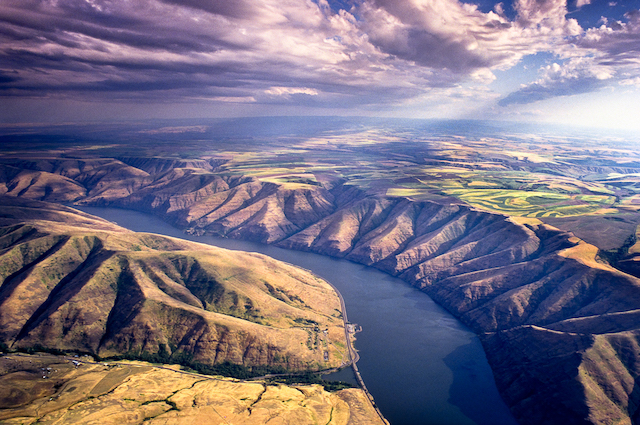forum
library
tutorial
contact

Dams
by John W. SiglerIdaho State Journal, May 10, 2022
|
the film forum library tutorial contact |

|
Damsby John W. SiglerIdaho State Journal, May 10, 2022 |
 I note in both the headlines and the letters to the editor in my local paper and others that the vested interests and entrenched bureaucracies have launched yet another campaign against both the removal of the dams and Representative Simpson. Tuesday April 26, 2022 ISJ LTE is a case in point. And OBTW, there are four LSRDs, not three. Without addressing the political aspects of these attacks, I can say with conviction that none of the claims regarding the negative effects of breaching the dams have merit:
I note in both the headlines and the letters to the editor in my local paper and others that the vested interests and entrenched bureaucracies have launched yet another campaign against both the removal of the dams and Representative Simpson. Tuesday April 26, 2022 ISJ LTE is a case in point. And OBTW, there are four LSRDs, not three. Without addressing the political aspects of these attacks, I can say with conviction that none of the claims regarding the negative effects of breaching the dams have merit:
Existing dams on the Snake River provide inexpensive and carbon footprint free power.
Nonsense. Point 1 is that the LSRDs have cost the American taxpayers nearly $20 Billion since the 1970s, pretty much $1 Billion a year. That sum does not include the tens of thousands of dollars spent by the COE to dredge the channel from Lewiston, Idaho to the confluence of the Snake with the Columbia River. Hydropower is not truly green energy. If it were, the thousands of dollars spent every year by the Corps of Engineers and Bonneville Power Administration for gasoline and diesel-powered trucks and the continual pollution of the Snake from a variety of "accidents" and "mishaps" will various chemicals would not be relevant.
Replacing the power generated by the LSRDs is inexpensive compared to the cost of building and generating power with solar and wind powered facilities. Both have negative environmental consequences.
Not factual. Solar and wind power may have had greater production and generation costs than hydropower 20 years ago, but that train has left the station. Most current studies indicate that both solar and wind are on a par with hydropower, or less expensive, minus the $20 Billion price tag for maintenance of the LSRDs. Do these anti-breachers not consider the loss of numerous stocks of anadromous salmon and steelhead and complete elimination of the natural ecosystem features of a flowing river a negative environmental consequence?
Removal of the LSRDs will negatively impact agricultural irrigation and navigation of goods currently barged from Lewiston to points down river.
First, no Idaho agricultural operations use irrigation from any of the four LSRDs. Washington State has approximately 50,000 acres of irrigated ag in the area near the LSRDs (about four percent of state total). Spinners of this particular fable seem to believe that the engineering talents of the entire United States engineering potential is incapable of pumping water from a flowing river as opposed to a reservoir. Not true. While it is difficult to find facts and figures regarding transportation costs from the Port of Lewiston associated with rail, truck, and barge, the numbers I have seen indicate the barge portion of that effort is in serious decline over the past two decades.
BREACH THE DAMS!!!
learn more on topics covered in the film
see the video
read the script
learn the songs
discussion forum
